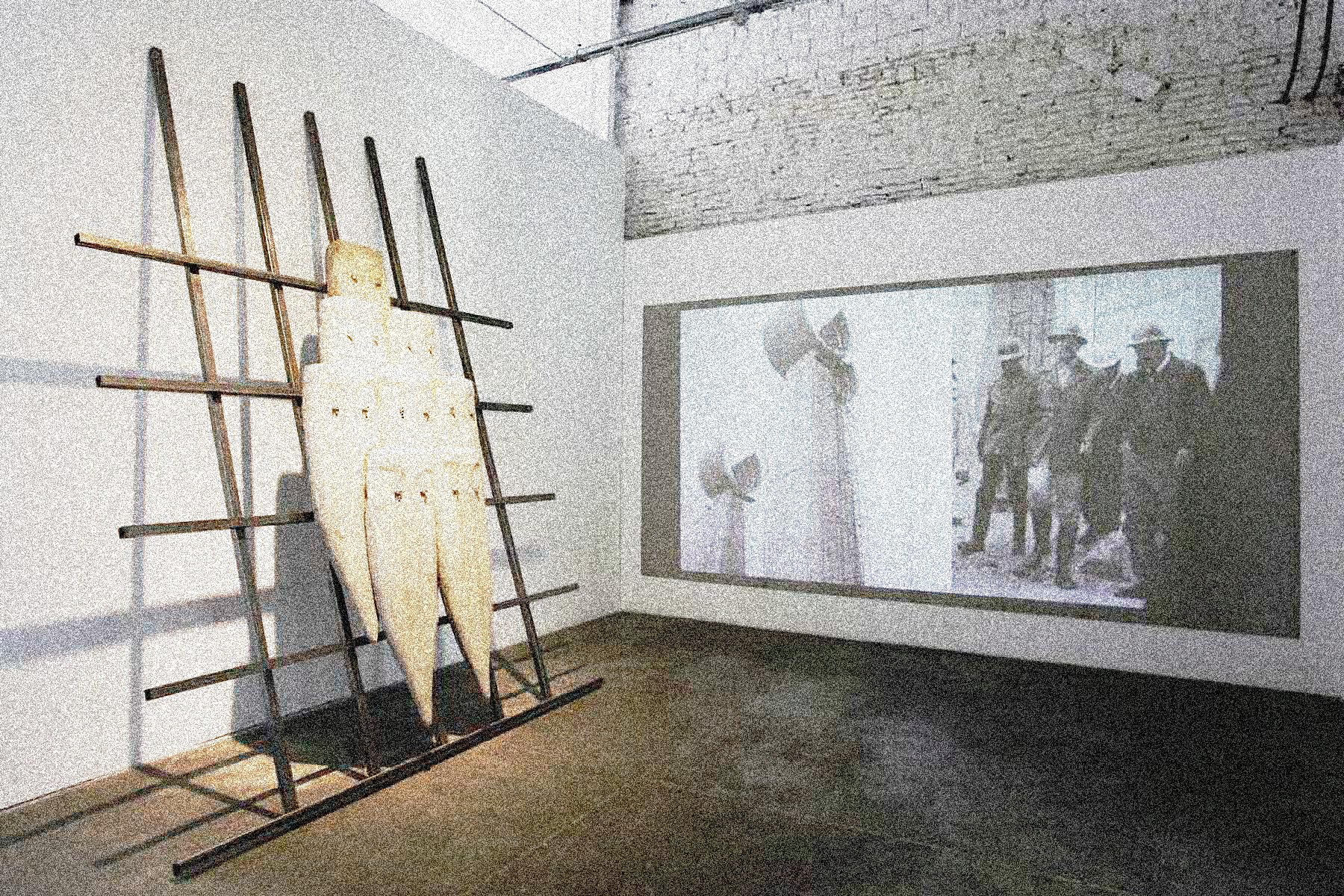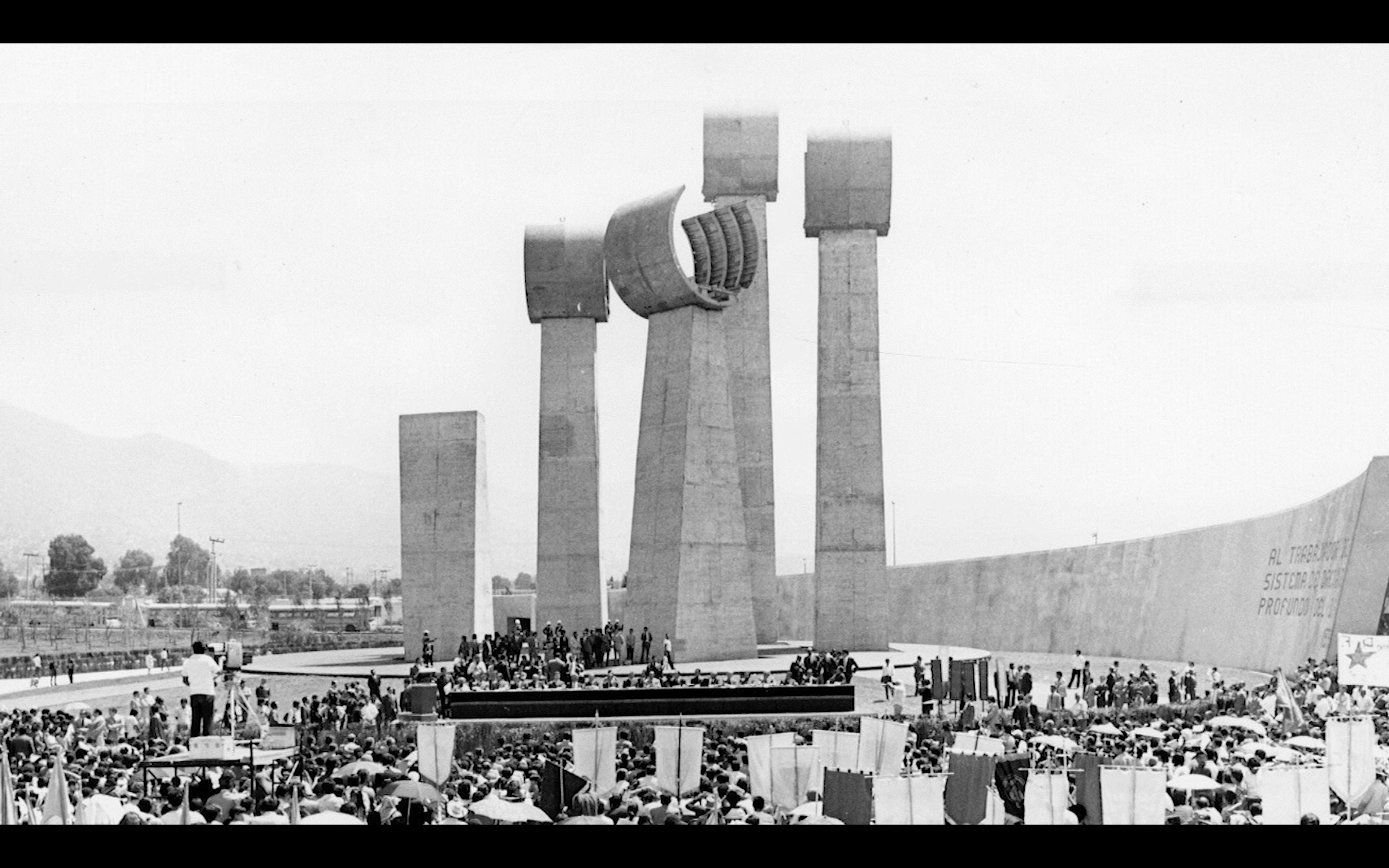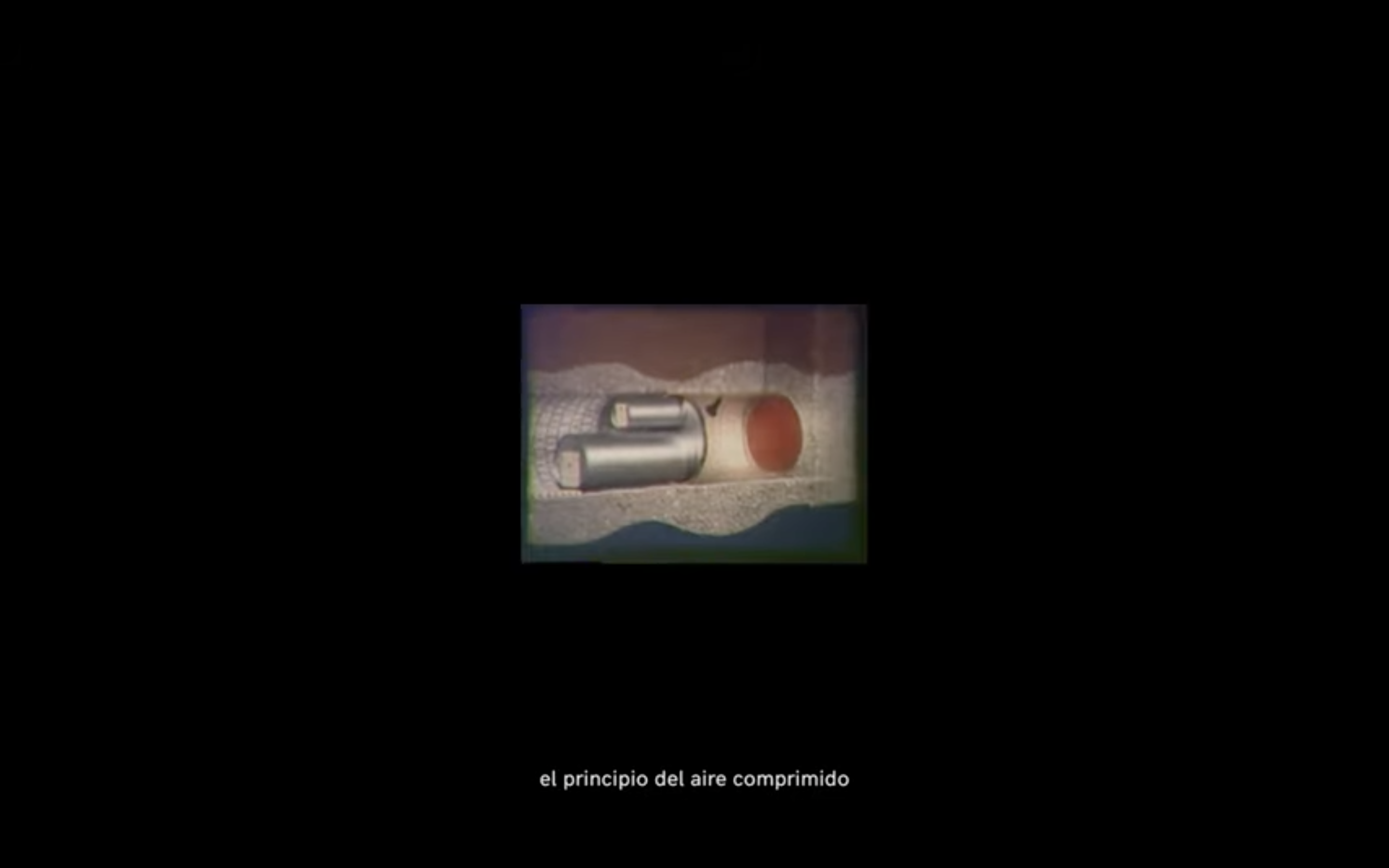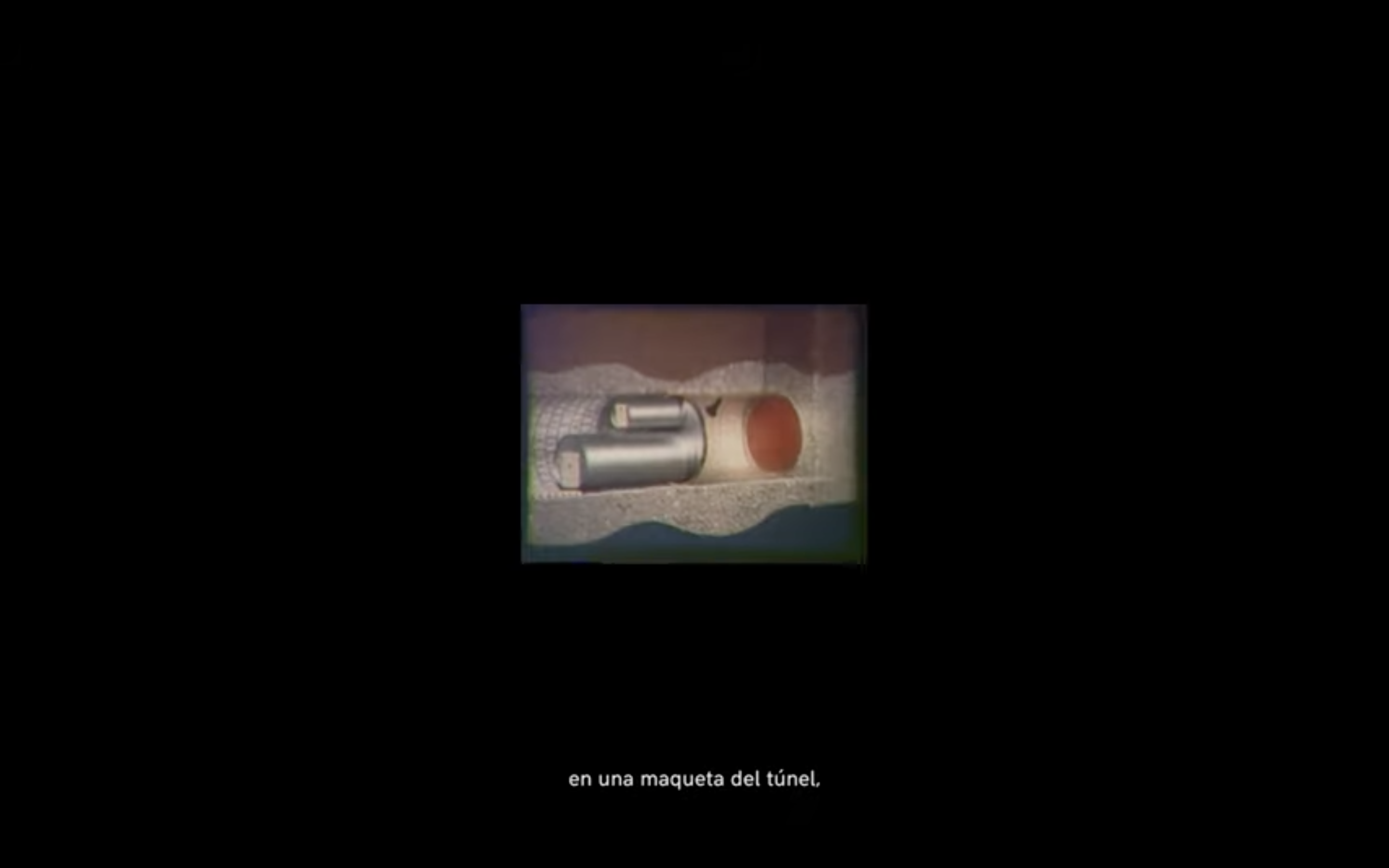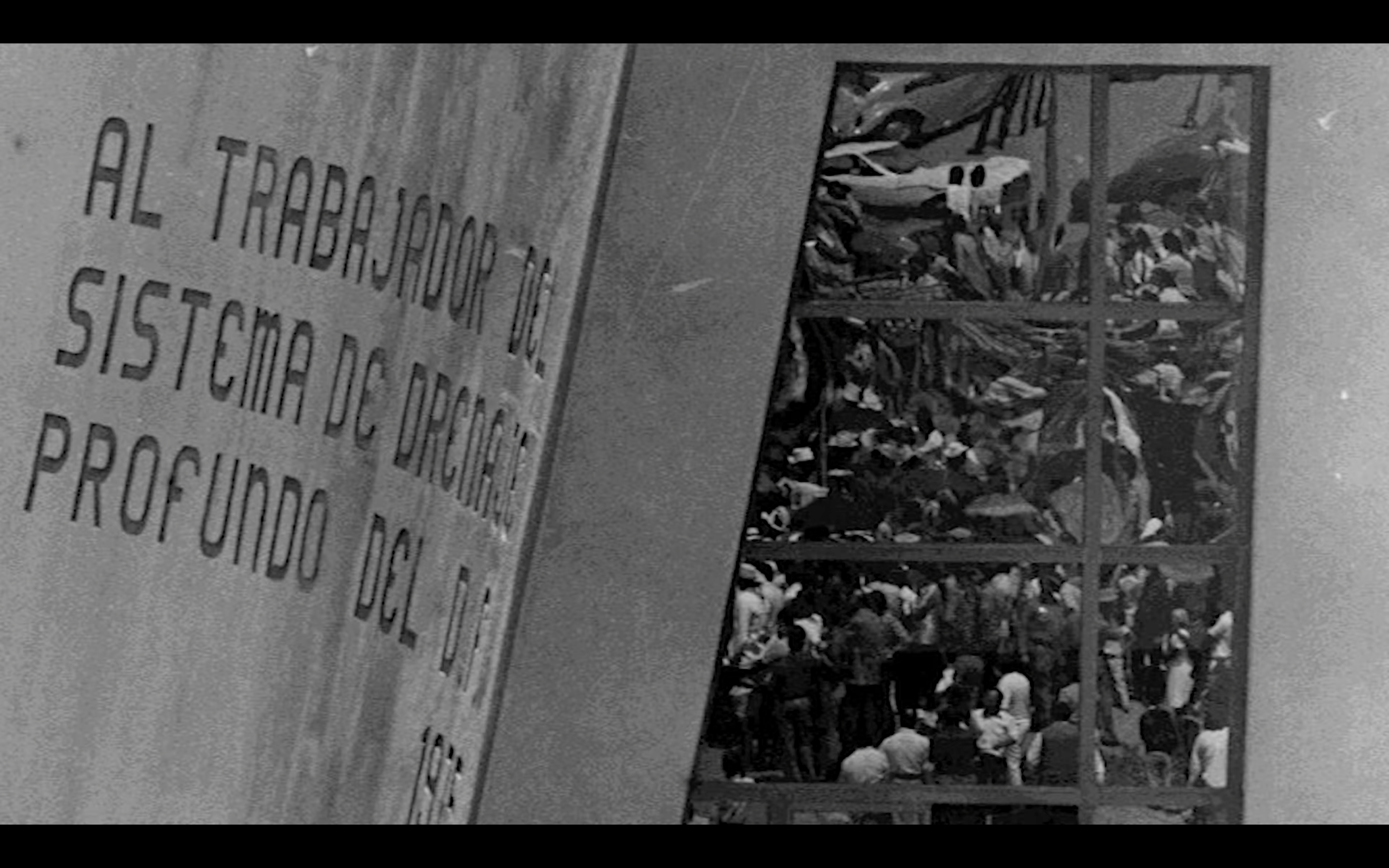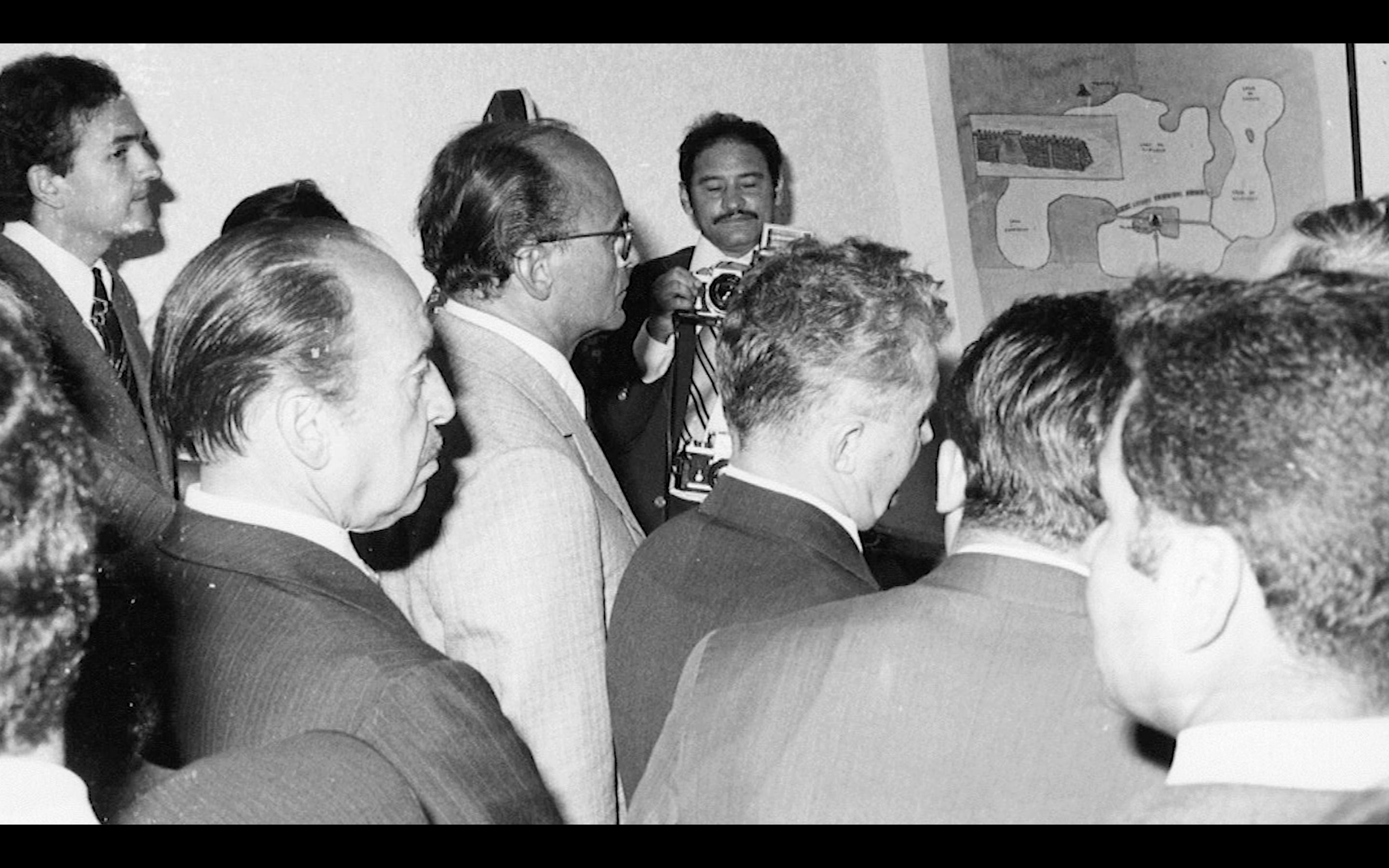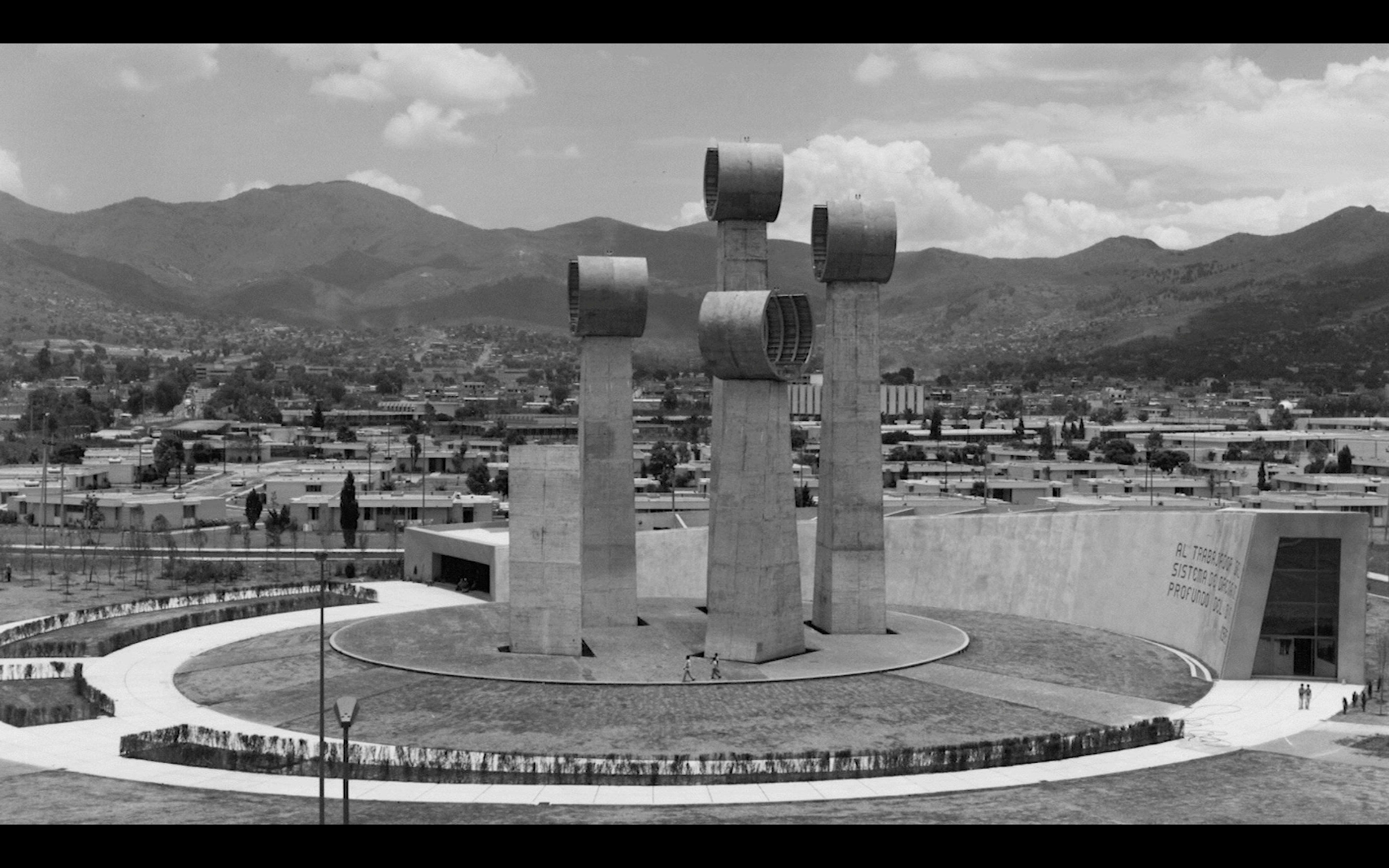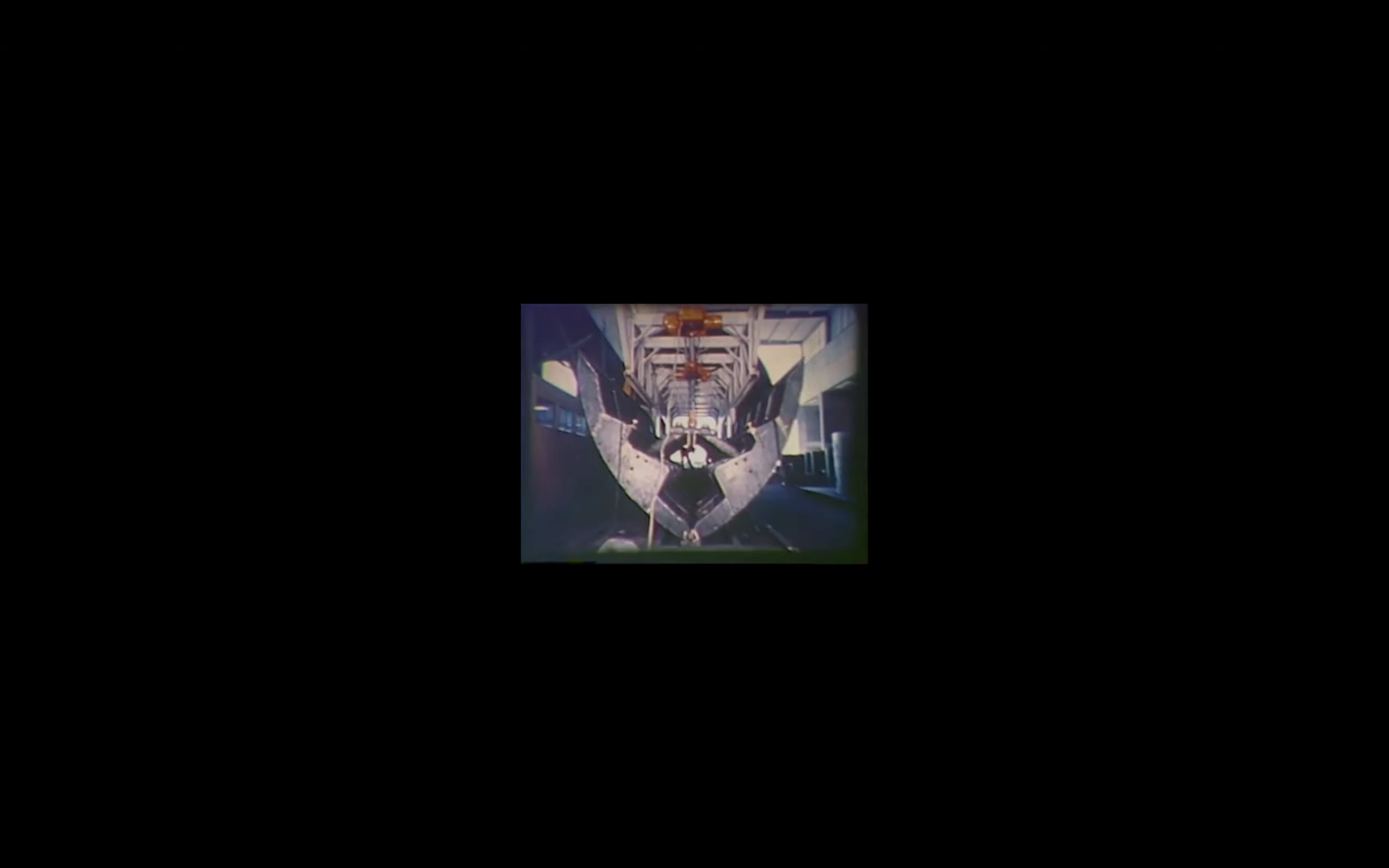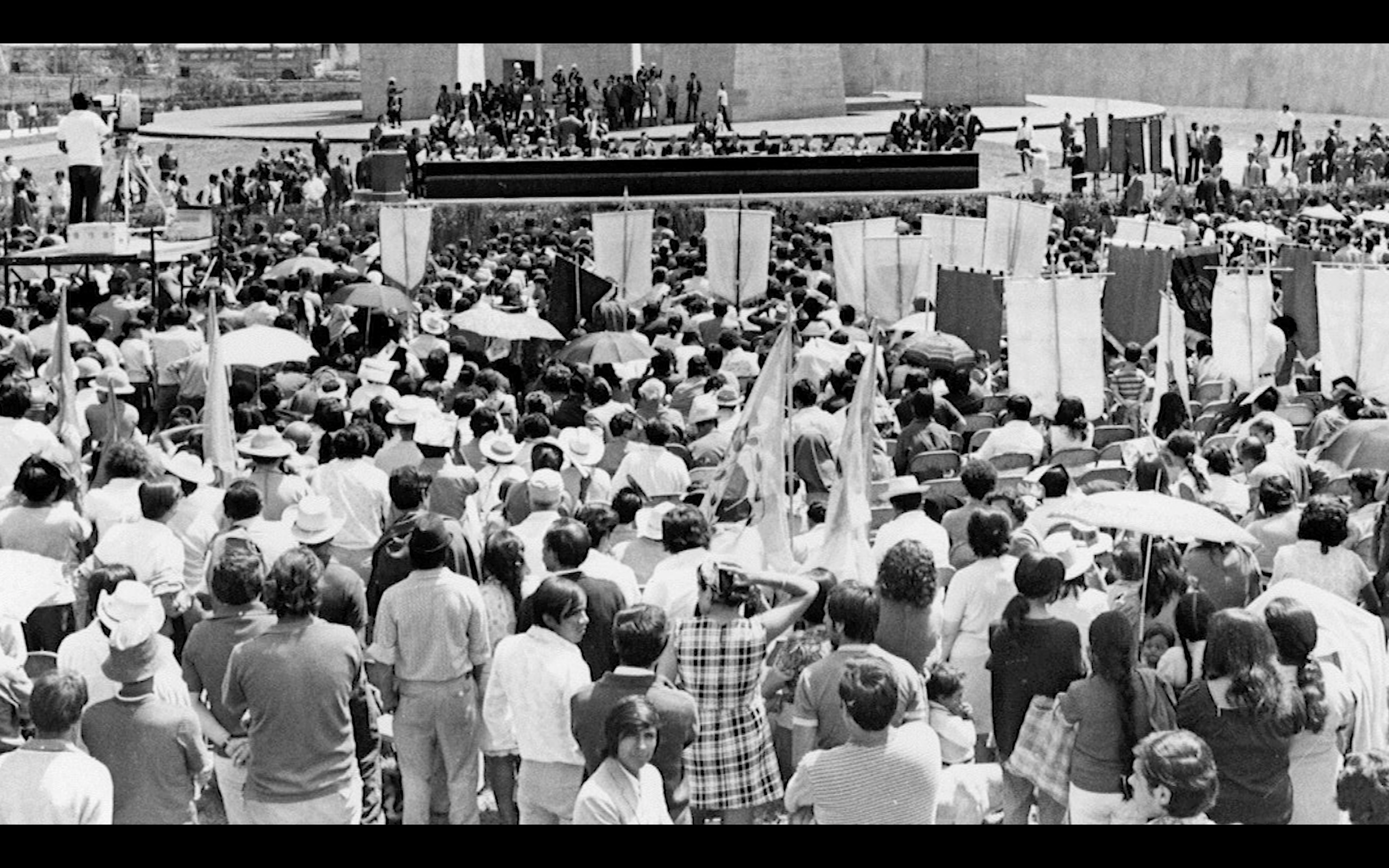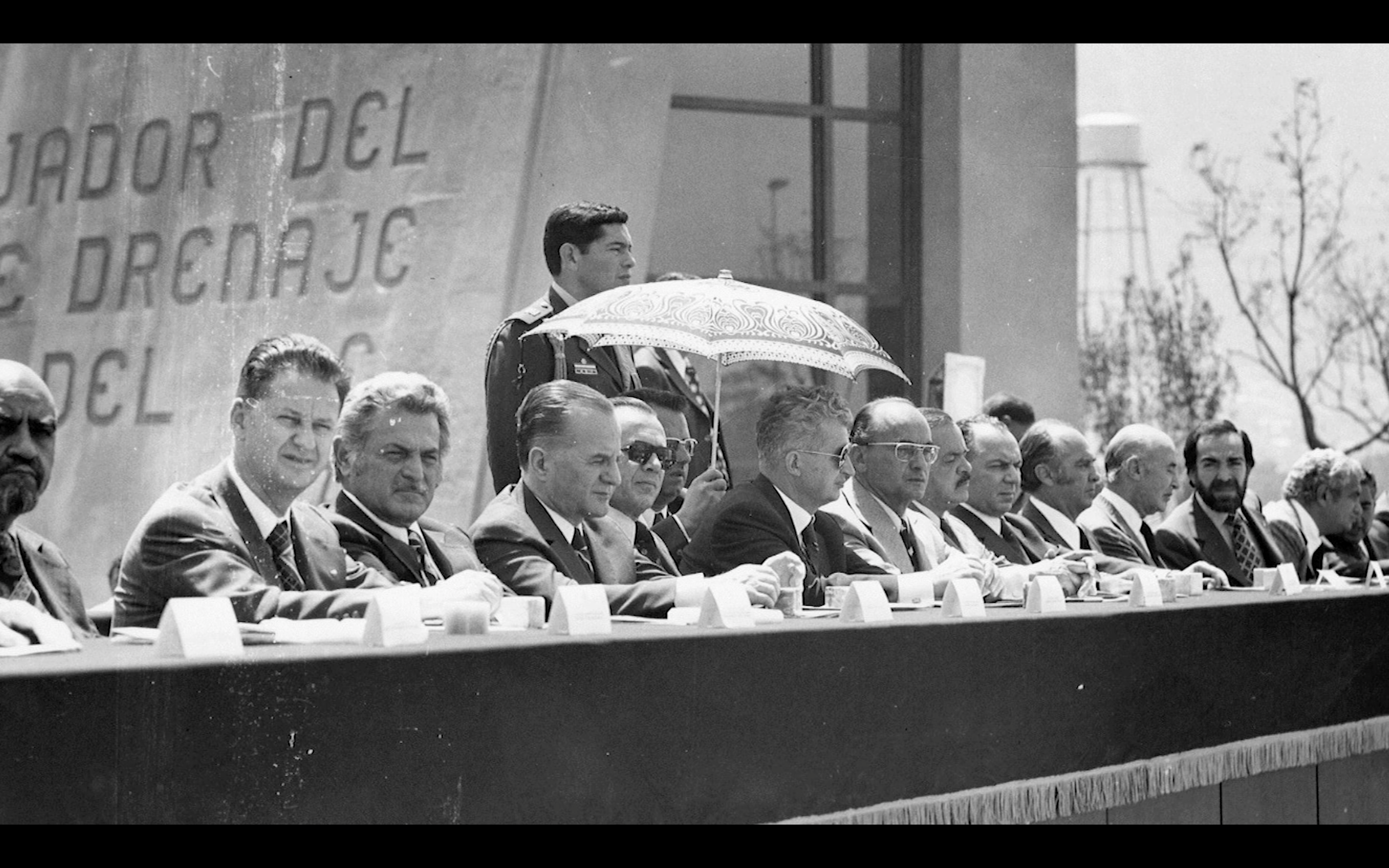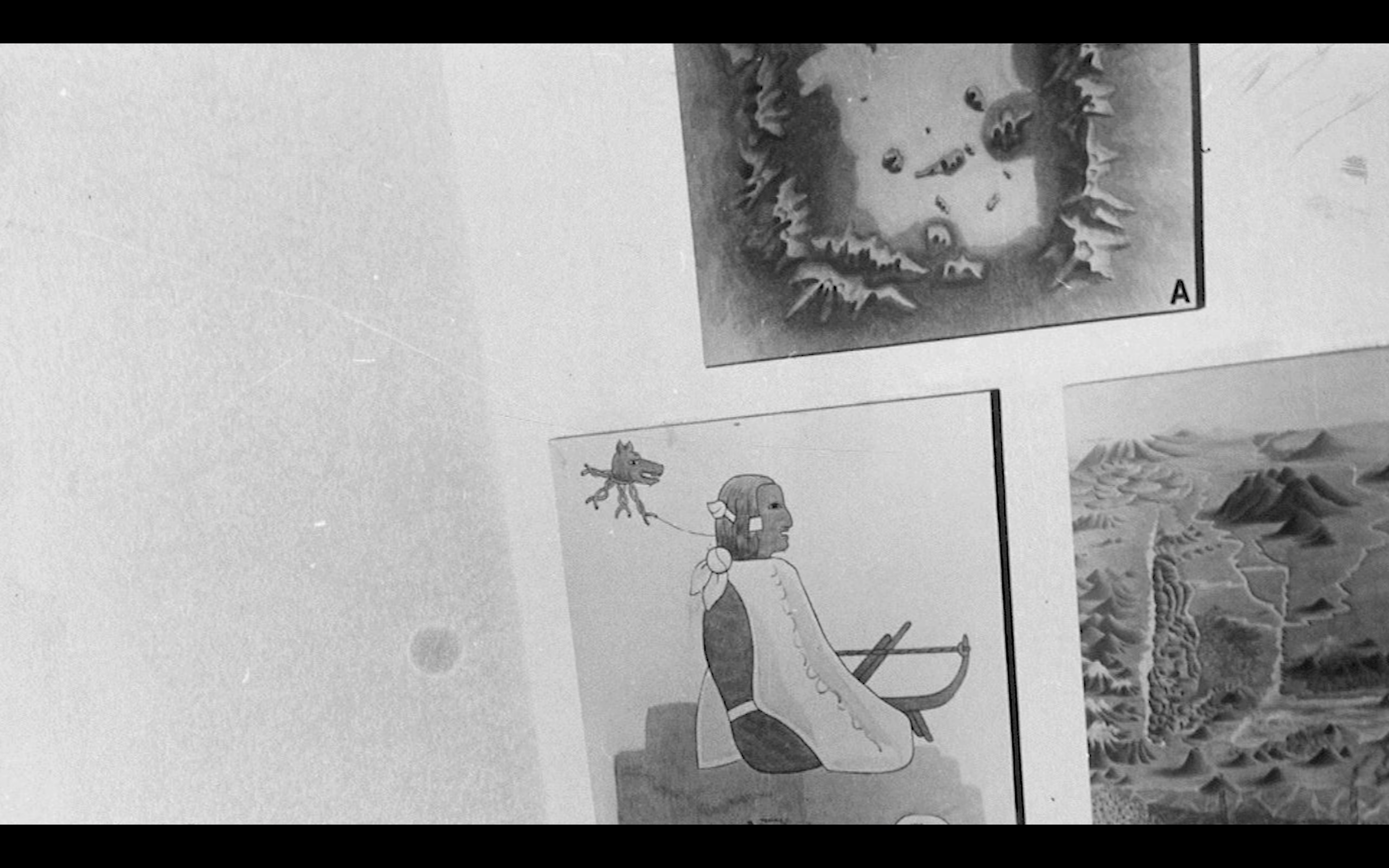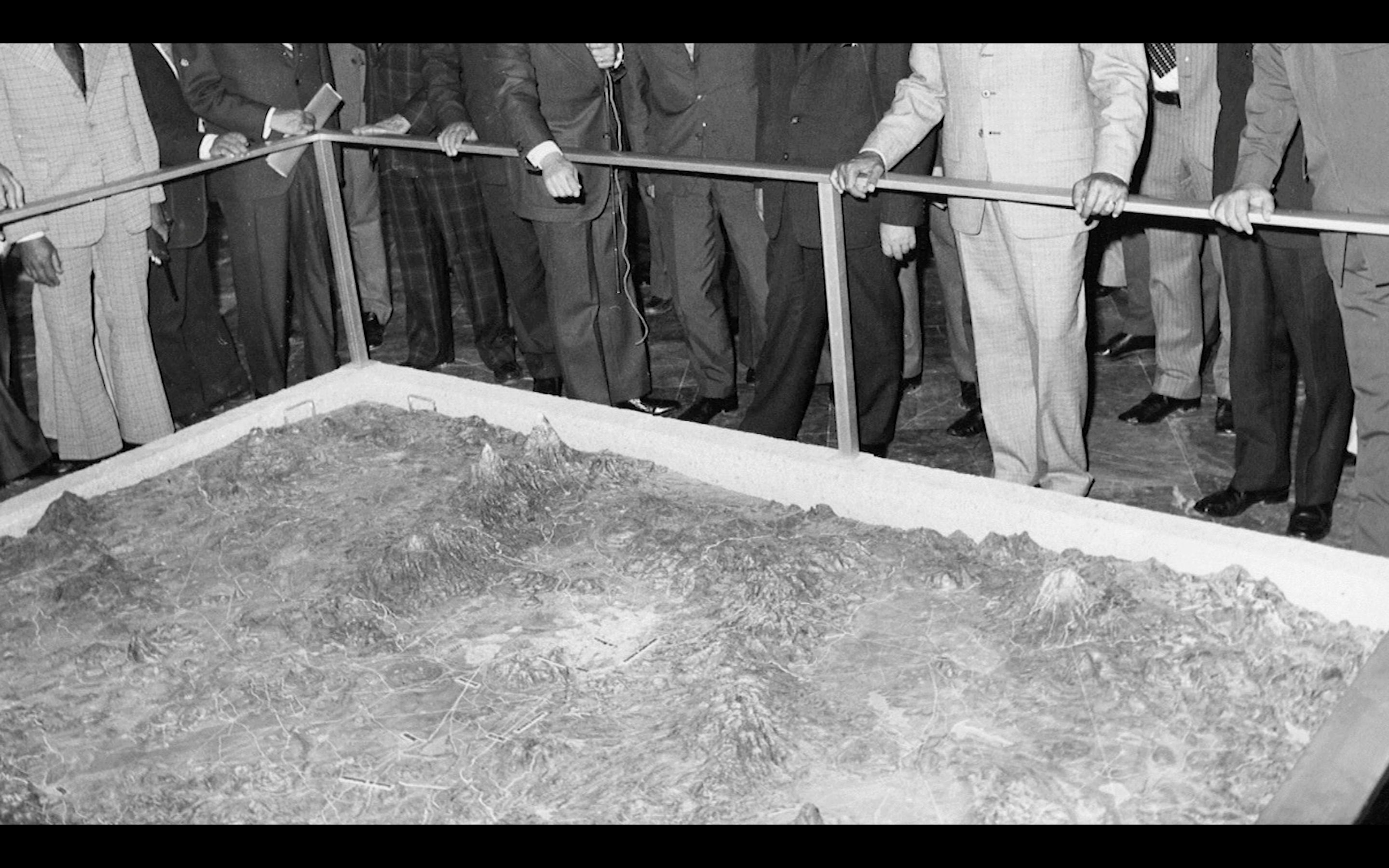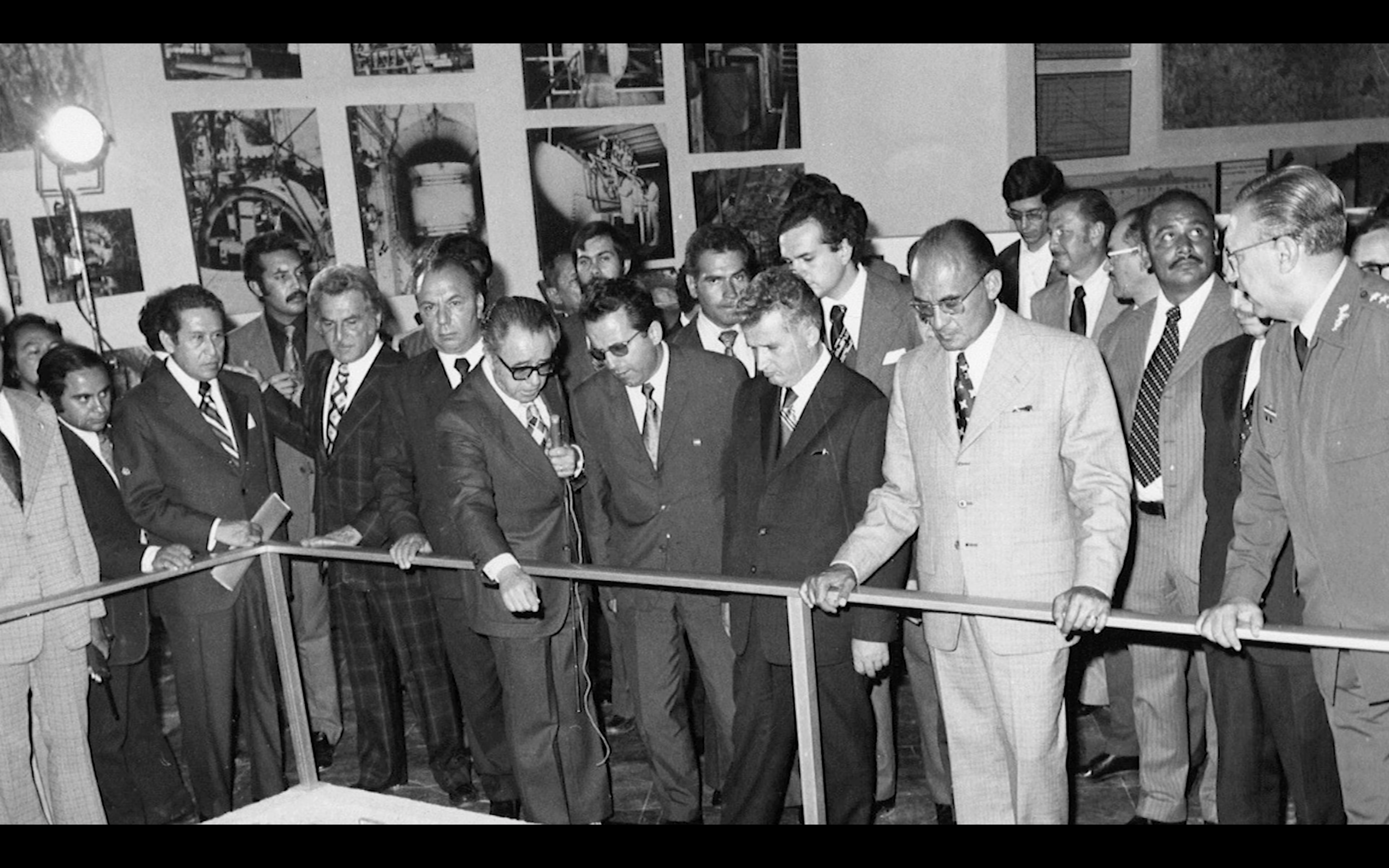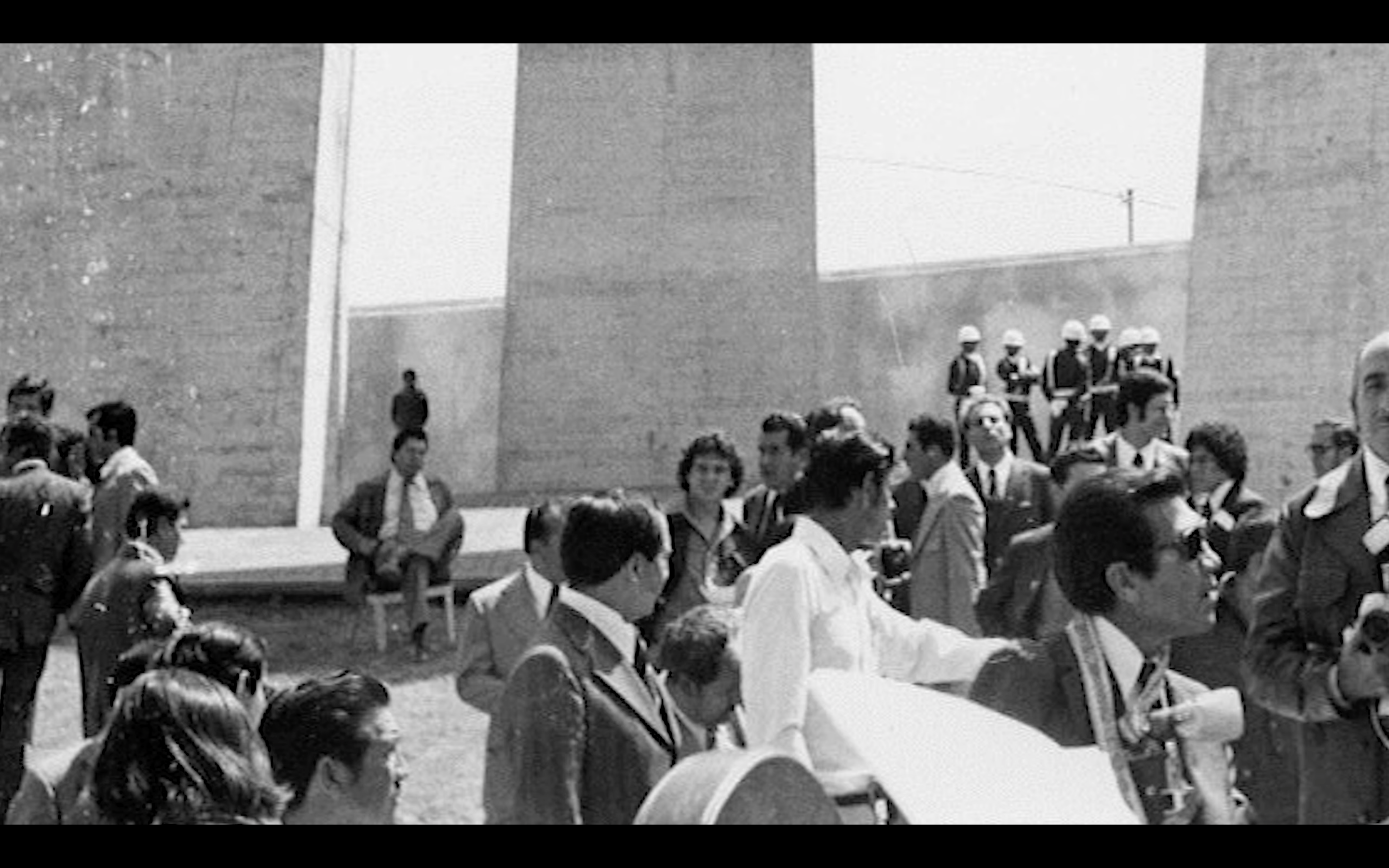ALBERTO ORTEGA-TREJO
Mexican artist, researcher and architectural designer.
Get in touch by clicking here: ✉
His work uses architecture,
drawing, sculpture, writing and video to explore histories of indigeneity in architectural
modernity, the production of extreme environments, the spatial politics of the colonial encounters in North America and the architectures of social experiments. He has been
an IDEAS Fellow of the Society of Architectural Historians and a grantee of Jumex
Foundation for Contemporary Art, Andrew W. Mellon Foundation, and DCASE,
among others. His work has been shown at Prairie, DePaul Art Museum, BienalSur, Ca’ Foscari
Zattere, Rhona Hoffman Gallery, Andrew Rafacz Gallery, Uri-Eichen Gallery, SpaceP11
and Centro de Arte y Filosofía. He has been a guest speaker for institutions and
organizations like DocTalks x MoMA for the Emilio Ambasz Institute, the American Institute
of Architects, the Society of Architectural Historians, Smart Museum of Art, Materia
Abierta, UPenn, MAS Context and CENTRO.
He is a lecturer of Architecture History and Studio at the School of the Art Institute of Chicago, the Program Manager of the Katz Center for Mexican Studies at the University of Chicago and an Independent Spatial Designer.
UPCOMING:
La mitad de abajo: ecosistema en penumbras. Asamblea de Artistas y Activistas del Valle del Mezquital. Galería A4, Tlahuelilpan, Hidalgo. Oct 5, 2025, 1PM.
ARTIFICIAL-AGENCY
Architectural Consultancy
Exhibition Strategy
Research and Publication
Previous clients and collaborators include, Art Institute of Chicago, Singapore Art Museum, Edith Farnsworth House, Goethe-Institut Chicago, Michael Rakowitz Studio, Black Athena Collective, Dawit L. Petros, and Center for Latin American Studies at The University of Chicago.
Keep scrolling for selected projects ↆ
Las Aguas Bajan Turbias
For BienalSur
On Otomí labor and territories, pollution and Mexico City’s Sewage system
With Andrea Hunt
This exhibition is comprised of El Mundo Debajo and El Espejo Otomí. El Mundo Debajo is an experimental documentary that traces the Mexican Modern state’s representation of indigeneity through the making of Mexico City’s sewage system. The video is projected over four prefabricated concrete panels. El Espejo Otomí is a sculpture consisting of eight concrete casts of a maguey leaf acting as a cladding system for a metal structure. This fragment takes a traditional building method of the Otomi region in Hidalgo to the material language of modernity. The Otomí region receives Mexico City’s black waters and has been historically exploited for minerals for the production of cement, a key element for the infrastructural transformations of Mexico City. This work was produced for BienalSur, curated by Leandro Martinez Depietri and Benedetta Casini and installed at Fundación Andreani in Buenos Aires, Argentina.
The research for this project was funded by the American Institute of Architects and MIT’s Global Architecture History Teaching Collaborative.
This exhibition is comprised of El Mundo Debajo and El Espejo Otomí. El Mundo Debajo is an experimental documentary that traces the Mexican Modern state’s representation of indigeneity through the making of Mexico City’s sewage system. The video is projected over four prefabricated concrete panels. El Espejo Otomí is a sculpture consisting of eight concrete casts of a maguey leaf acting as a cladding system for a metal structure. This fragment takes a traditional building method of the Otomi region in Hidalgo to the material language of modernity. The Otomí region receives Mexico City’s black waters and has been historically exploited for minerals for the production of cement, a key element for the infrastructural transformations of Mexico City. This work was produced for BienalSur, curated by Leandro Martinez Depietri and Benedetta Casini and installed at Fundación Andreani in Buenos Aires, Argentina.
The research for this project was funded by the American Institute of Architects and MIT’s Global Architecture History Teaching Collaborative.
